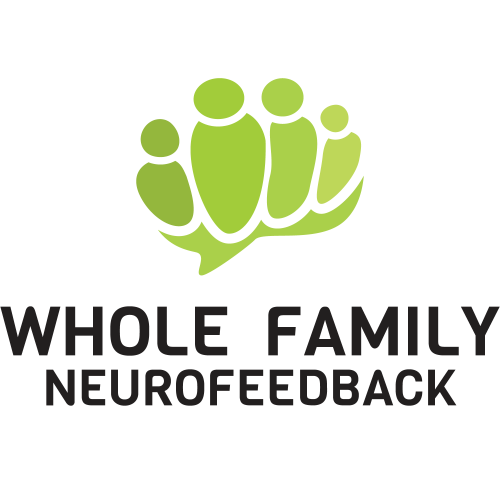The Coronavirus, Tom Hanks, and The Little Red Ball
A Problem Well Defined is Half Solved
In The Subtle Art of Not Giving a F**k, author Mark Manson defines the human life span as a series of problems one is being asked to face and solve. How we define those problems is key to success. If we define them anxiously, we will have only anxious options before us. If we define the problem thoughtfully, we will have a broad array of options. Defining anxiety broadly to mean the emotional energy that passes between people in a family or a society, we can learn to make a study of its spread and its impact—even on illness. When anxiety is thought of, not as a mental illness, but as an emotional process that occurs in every emotional system, then we can make more of an objective study of how it moves and operates…and of how it impacts outcomes.
Tom Hanks
Inherent in Tom Hanks’ (who tested positive for the coronavirus/COVID-19) tweet last week is his definition of the problem. He writes:
Hello folks. Rita and I are down here in Australia. We felt a bit tired, like we had colds, and some body aches. Rita had some chills that came and went. Slight fevers too. To play things right, as is needed in the world right now, we were tested for the Coronavirus, and were found to be positive.
Well, now. What to do next? The medical officials have protocols that must be followed. We Hanks’ will be tested, observed, and isolated for as long as public health and safety requires. Not much more to it than a one-day-at-a-time approach, no?
We’ll keep the world posted and updated.
Take care of yourselves!
Hanx!
Inherent in Hanks’ solution is how he’s defining the problem. When someone says they are taking things one-day-at-a-time, they are saying anxiety or worry is the real problem.
The Little Red Ball
If we were to think of anxiety as a little red ball passing between people, a much broader definition (and a less blaming/pathologizing one), we can begin to make a more objective study of it. We can learn to see how dynamic it is, how movable…how changeable. We can begin to see others’ parts in the problem, and we can begin to see our own. Anxiety bounces between family members in the most microscopic of ways…something that evolved over the millennia as an adaption to stress. When it can be spread out among family members, it can be tolerated better. The unit, the family, can move forward. But trauma, generation after generation, can develop into an unequal distribution of the anxiety, leaving some family members to over function for others while the others get stuck in under functioning.
For more understanding on this phenomenon, have a look at www.thebowencenter.org or you can read:
Roberta Gilbert’s Extraordinary Relationships
Or try Growing Yourself Up by Jenny Brown
10 Tips for Slowing the Spread of Anxiety During the Corona Virus Pandemic
- Take a note from the Hanks family, and adopt a one-day-at-a-time practice
- Learn to stop making anxiety a mental illness to be gotten rid of but rather observed as an emotional process between people.
- With that in mind, realize your tone IS your message.
- Get outside. It will give you perspective like nothing else.
- STOP watching the news. Get your news from the CDC or the World Health Organization
- Support local businesses if you can.
- Offer to help your neighbors. Get a list going on Next Door on what you have to donate and invite others to do the same. OR wash your hands real good and go door-to-door to create your list.
- Call your financial planner and get a plan if you need one.
- Call your mom. It’s a great practice arena to observe how anxiety bounces between you. When you can begin to see it happening in slow motion, you can begin to do something different.
- DO SOME NEUROFEEDBACK! More stress resilience equals more resilience on mental, emotional, and physical levels!

